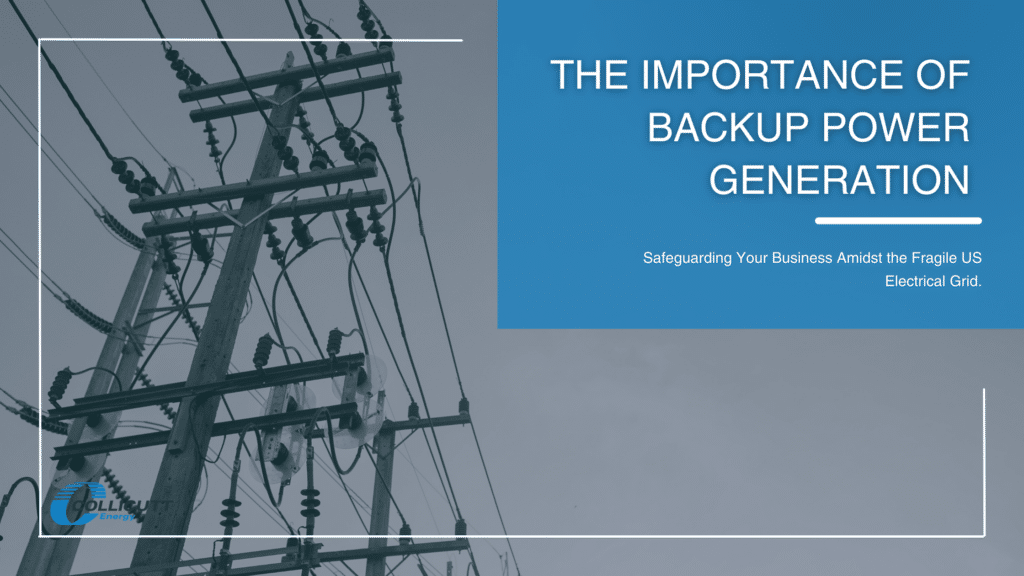Harnessing Alberta’s Energy Future: The Role of AESO and the Operating Reserve Program
Alberta’s electricity market is a dynamic landscape that requires balancing supply and demand with precision and foresight. At the heart of this system is the Alberta Electric System Operator (AESO), a not-for-profit entity mandated to operate an open and competitive wholesale market, ensure the safe and reliable operation of the electric system, and plan and develop the transmission system to provide access to customers.
Among many tools in the AESO’s “toolbelt” is the procurement of Operating Reserves (OR). This is a crucial mechanism that helps to maintain system reliability when there is an unexpected imbalance between supply and demand due to various system conditions.
In the AESO’s Operating Reserve (OR) framework, supplemental reserves are a critical component, providing a safety net for the electrical grid when demand outstrips supply or generation unexpectedly falls. Unlike regulating reserves which respond instantaneously, supplemental reserves can be activated swiftly—within a 10-minute window—enabling the system to recover from sudden imbalances. For instance, a backup generator system, whether newly installed or pre-existing, can be a perfect solution to supply such supplemental reserves. When the grid requires additional power, these generators can ramp up, and allow a facility transfer their electrical load to the generator(s) thereby curtailing or removing load from the grid.
One very recent example that I’m sure all Albertans remember, is the Emergency Alert issued on January 13th during a serious cold snap of -40°C. Operating Reserve was a crucial tool for keeping Alberta from power outages, and Voltus played a key role by dispatching their supplemental reserve portfolio.
Participating in the OR market not only contributes to the stability of Alberta’s power grid but also represents a strategic business opportunity to create an additional revenue stream. Through our partnership with Voltus, Collicutt Energy Services is positioned to make participation in the OR program simple and easy.
We invite you to be part of Alberta’s energy resilience story.
Visit our Webpage to discover how we can energize your business with a WIN-WIN through Alberta’s Operating Reserve program and Voltus.



